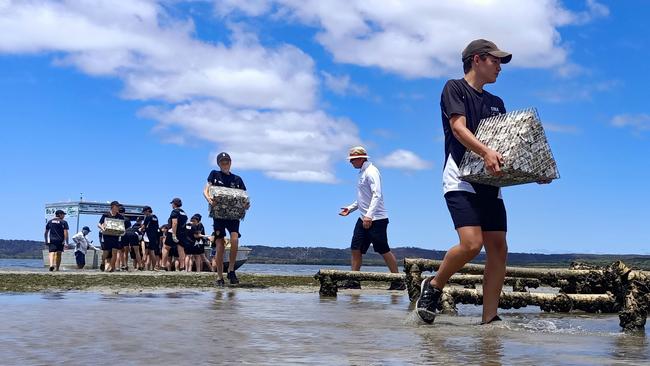It’s sedimentary: Brisbane looks upstream
The Port of Brisbane’s project to reduce stormwater runoff in the Lockyer Valley, 100km west, is an example of how ports engage with the public.

The Port of Brisbane is spending $1m to reduce stormwater runoff in the Lockyer Valley, 100km west of the port. The project is an example of the wide environmental footprint of ports in Australia and of how they engage with their local communities.
“What we’re doing there is improving catchments to reduce sediment runoff that would ultimately impact the port by depositing in our channels,” explains Port of Brisbane head of sustainability Craig Wilson.
“We’re reducing that sediment load at the source rather than having to dredge that. Dredging is obviously one of our big environmental impacting-type activities, so it’s a win-win outcome for us there.”
The project centres on rehabilitating and stabilising 1.7km of Laidley Creek and includes the planting and maintenance of 9000 native plants and the scientific monitoring of the sources of sediment pollution.
The project is anticipated to prevent 8500 tonnes of sediment – about 445 truckloads of dirt – from entering Laidley Creek each year and will bring significant water quality improvements to the Brisbane River and Moreton Bay.
It will also increase agricultural productivity at the site by improving land security and providing protection from future floods.
“We’re saving our developers money and we’re injecting that money up in the catchment, ” Wilson says. “That’s essentially what sustainability is – focusing on win-win-win type outcomes where we can. That offsite stormwater catchment management investment is a really good example.”



To join the conversation, please log in. Don't have an account? Register
Join the conversation, you are commenting as Logout